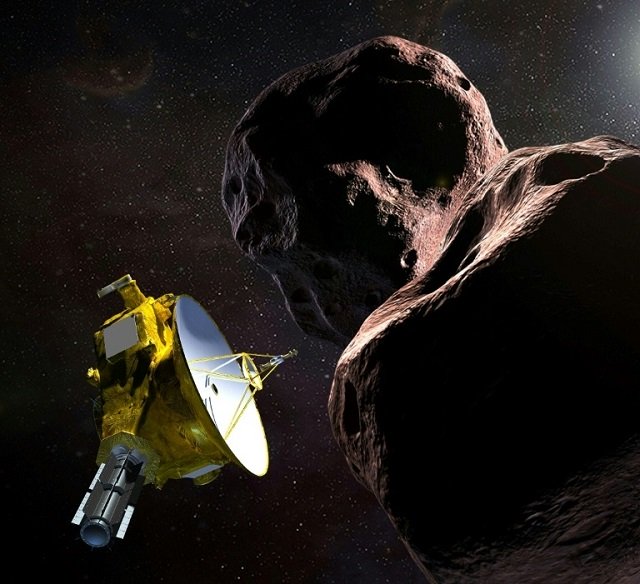
NASA poised to launch first Sun-skimming spaceship
"Go New Horizons!" said lead scientist Alan Stern as a crowd cheered at the Johns Hopkins Applied Physics Laboratory in Maryland to mark the moment at 12:33 am (0533 GMT) when the New Horizons spacecraft aimed its cameras at the space rock four billion miles (6.4 billion kilometers) away.
"Never before has a spacecraft explored something so far away."
The spaceship was to collect 900 images over the course of a few seconds as it shaved by at a distance of about 2,000 miles (3,500 kilometers).
"Now it is just a matter of time to see the data coming down," said deputy project scientist John Spencer of the Southwest Research Institute.
Anxiety at NASA as Mars InSight spacecraft nears Red Planet
Scientists expect to learn whether the pass was successful around 10 am (1500 GMT).





1732618327-2/Untitled-design-(7)1732618327-2-270x192.webp)

1719640649-0/BeFunky-collage-(77)1719640649-0-270x192.webp)









COMMENTS
Comments are moderated and generally will be posted if they are on-topic and not abusive.
For more information, please see our Comments FAQ